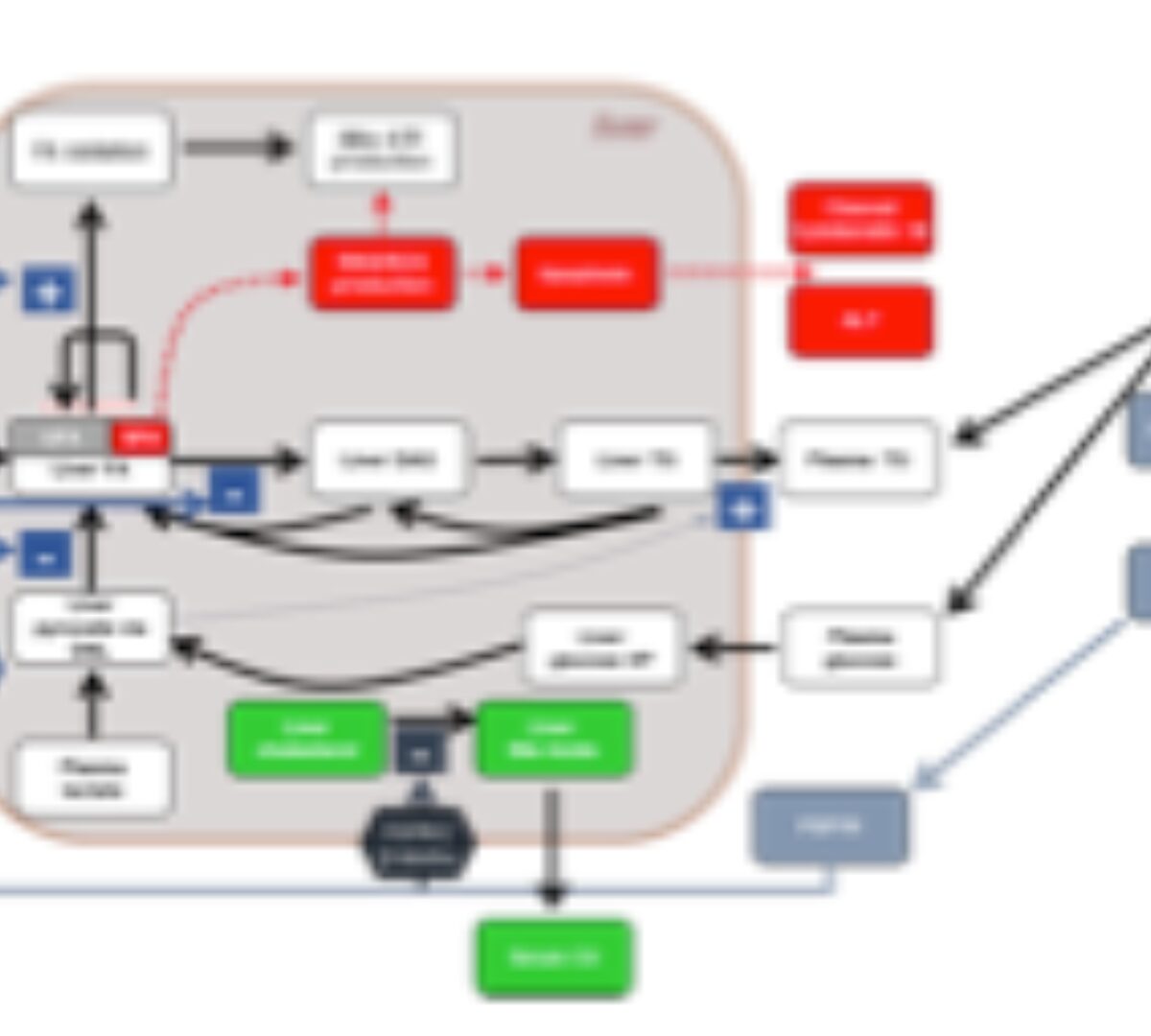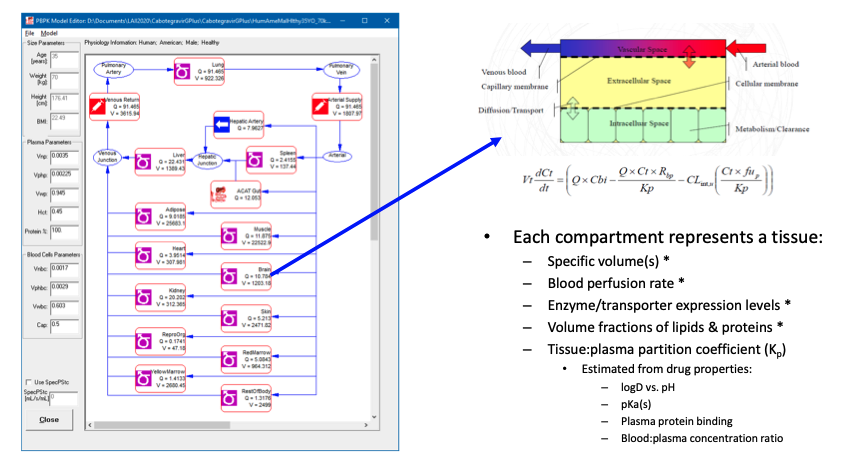β-secretase 1 (BACE1) is an enzyme involved in production of amyloid-βpeptides, which are involved in the pathology of Alzheimer’s disease.

The evaluation of drug-plasma protein binding interaction on immobilized human serum albumin stationary phase, aided by different computational approaches
The drug-human serum albumin binding interaction was evaluated on a stationary phase immobilized with human serum albumin using a mixture of phosphate buffer (pH 7.0) and acetonitrile modifier as mobile phase.

Prediction of tissue and urine concentrations of 2-phenoxyethanol and its metabolite 2-phenoxyacetic acid in rat and human after oral and dermal exposures via GastroPlus™ physiologically based pharmacokinetic modelling
A physiologically based pharmacokinetic (PBPK) model for the important chemical phenoxyethanol (PhE) and its metabolite phenoxyacetic acid (PhAA) was built via GastroPlusTM...

Exploration of the Plausible Mechanism of Ethambutol Induced Ocular Toxicity by Using Proteomics Informed Physiologically Based Pharmacokinetic (PBPK) Modeling
Ethambutol (EMB) is a first-line anti-tubercular drug that is known to cause optic neuropathy.

Use In Silico and In Vitro Methods to Screen Hepatotoxic Chemicals and CYP450 Enzyme Inhibitors
In silico and in vitro methods have emerged as valuable tools to rapidly screen and prioritize large numbers of chemicals including new drug entities, food ingredients, and environmental compounds for further in vivo analysis.

Simulations Plus Celebrates 25-Year Anniversary with $25,000 Gift to Nonprofit National Organization for Rare Disorders
Improving access to treatment in the lives of individuals and families affected by rare diseases

Quantitative Systems Pharmacology Modeling of FGF19 Pathway Using NAFLDsym Prospectively Predicted Liver Fat and Serum Biomarker Responses to MET409 in NASH Patients
Treatment of nonalcoholic steatohepatitis (NASH) is a significant unmet medical need. In this work...

Proof-of-concept Simulations Using BIOLOGXsym, a Novel Quantitative Systems Toxicology (QST) Modeling Platform for Predicting Biologics-induced Liver Injury (BILI), Recapitulate Clinically Observed Hepatotoxicity of GGF2
While biologics continue to address various unmet medical needs, BILI can terminate clinical development...

Model-based meta-analysis of relapsing mouse model studies from the critical path to tuberculosis drug regimens initiative database
erculosis (TB), the disease caused by Mycobacterium tuberculosis (Mtb), remains a leading infectious disease-related cause of death worldwide, necessitating the development of new

March 2022 Gastroplus Newsletter
We continue to offer a wealth of online workshops and webinars that should be of interest to the GastroPlus community.

MembranePlus v3 Product Brochure
Your modeling tool for IVIVE of absorption and systemic clearance/distribution processes…

Simulations Plus Releases MembranePlus™ 3.0
New functionality for transdermal products creates a state-of-the-art IVIVE methodology in combination with the GastroPlus TCAT platform

Patient-Centric Design of Long-Acting Injectable Drug Products
PBPK model description

Current status and gaps in mechanistic in-silico modeling for clinical translation and performance
Exploring mechanisms affecting in vivo dissolution of low-solubility compound crystalline suspensions

Simulations Plus Extends its Distributor Agreement in Japan with Northern Science Consulting for Monolix™
Simulations Plus, Inc. (Nasdaq: SLP), a leading provider of modeling and simulation software and services for pharmaceutical safety and efficacy, today announced...

MembranePlus™ Version 3.0 Release Notes
Our Simulations Plus development team continues to work hard to make MembranePlus the most advanced and reliable simulation of drug absorption and metabolism in cell-based assays in the world today.

Simulations Plus to Present at Oppenheimer Annual Healthcare Conference
Simulations Plus, Inc. (Nasdaq: SLP), a leading provider of modeling and simulation software and services for pharmaceutical safety and efficacy,

Molecular docking and pharmacokinetics studies of Curcuma longa (Curcumin) potency against Ebola virus
The Ebola virus disease causing hemorrhagic fever in human, has been known for nearly about 40 years, with the most recent outbreak being in West Africa creating...
